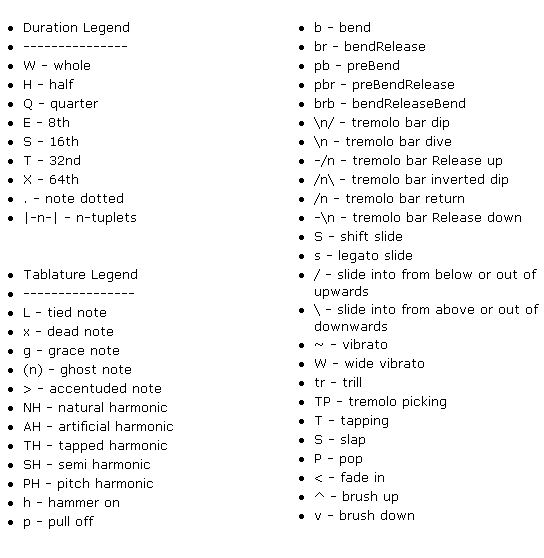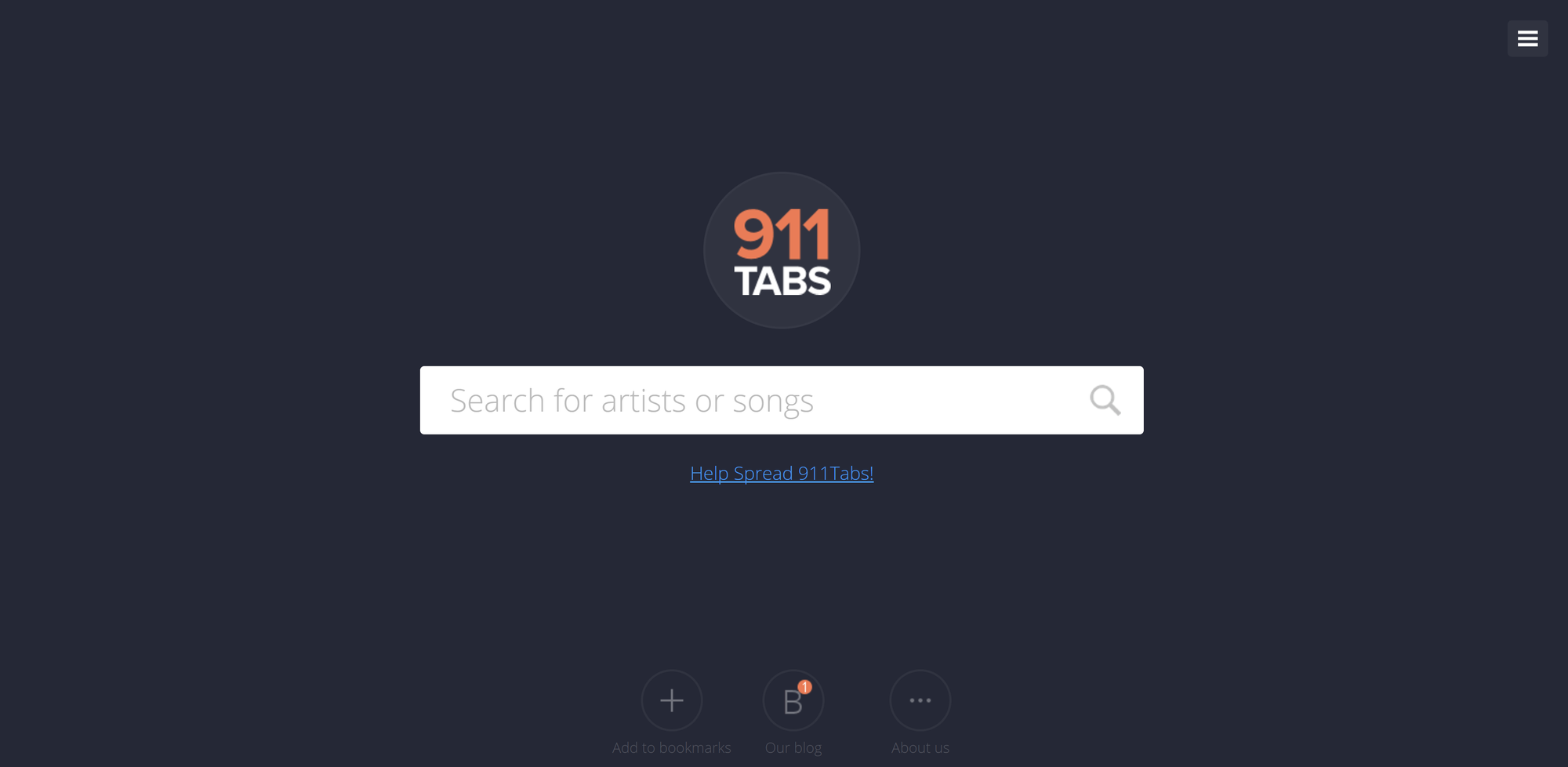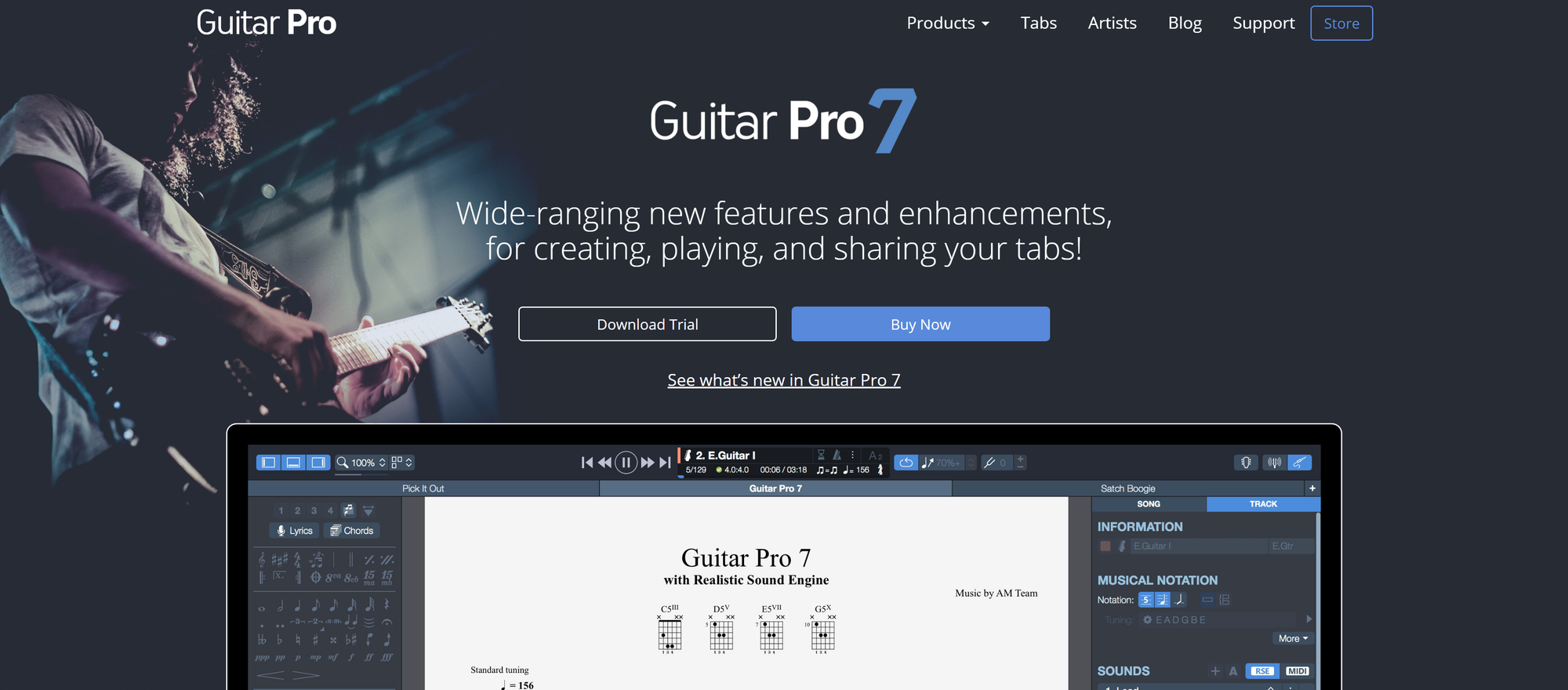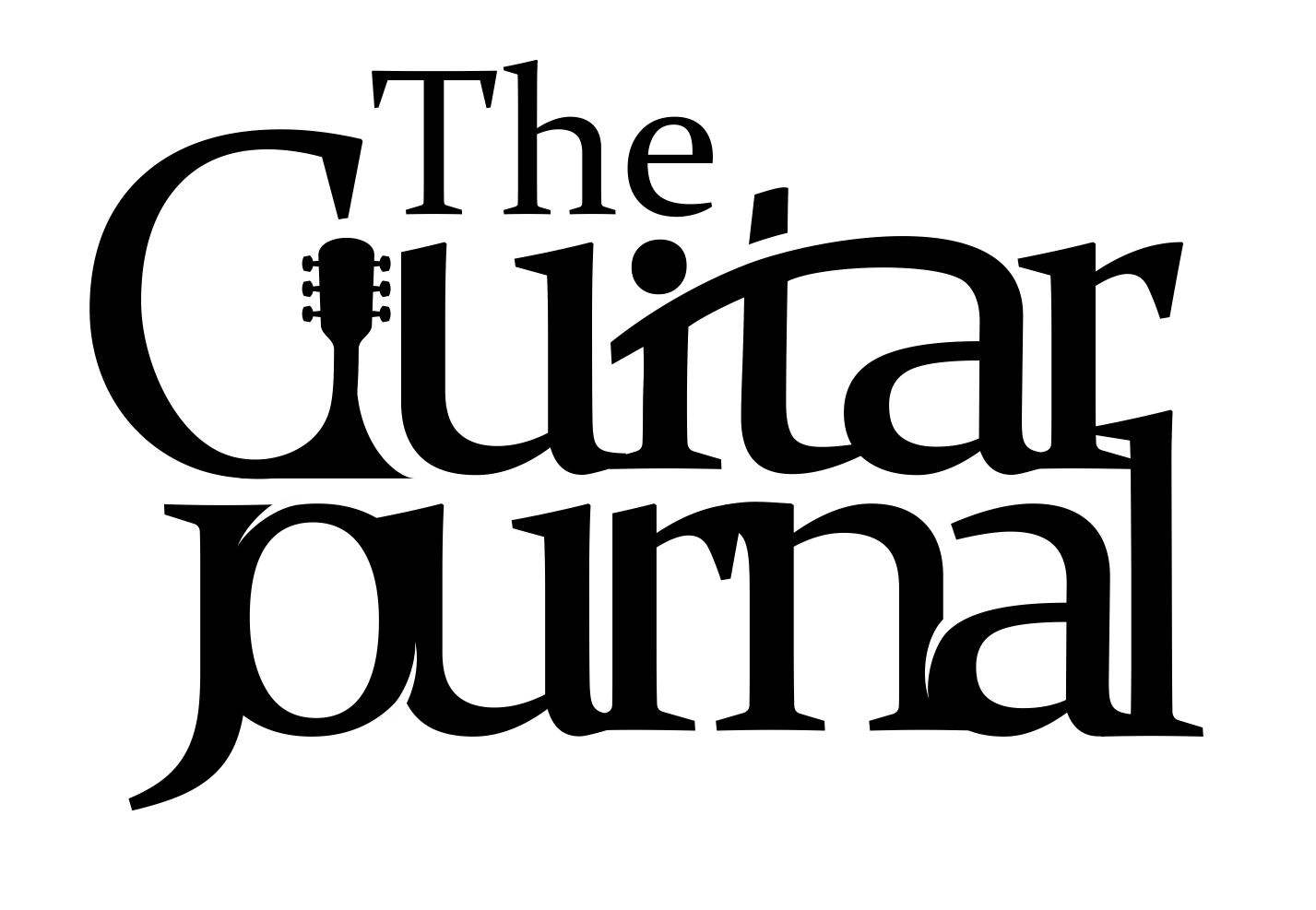A Comprehensive Beginner's Guide on How to Use Guitar Tabs
Guitar tabs are a godsend for most guitarists. They allow us to easily figure out how to play a song by plotting out numbers, which correspond to your guitar's frets, on six lines which correspond to your guitar's strings. This is a much easier method than using traditional music notation as you don't need to memorize what each note looks like. Instead, just match up the numbers and lines in the tab to the frets and string on your guitar and you're good to go.
Whether you're a beginner guitarist or just need a refresher on how to read tabs, I'm going to cover everything you need to know about guitar tabs in this post.
How to Read Guitar Tabs
Guitar tabs are extremely easy to read once you get the hang of them. A typical guitar tab is made up of 6 lines, each one corresponding to a string on the guitar. The example below shows what an empty tab sheet looks like: e------------------| B------------------| G------------------| D------------------| A------------------| E------------------|The small "e" corresponds to the thinnest string on your guitar and the big "E" corresponds to the thickest. Once the tab sheet is populated, every number that you'll see on a particular string will correspond to the fret that needs to be played on that string. Let's look at example A: e------------------| B------------------| G------------------| D-------------0--2-| A------0h2---------| E----3-------------|It's important to read all tabs from left to right. The above tab outlines the first few notes to Pink Floyd's "Wish You Were Here". This tab can be broken down into 3 parts:
- The first note that you'll play will be on the 3rd fret of the low (thickest) E string.
- You'll then play the open A note (0 corresponds to open notes) and hammer on to the second fret of the A string ("h" stands for hammer on).
- Lastly, you'll play the open D string and finally the 2nd fret of the D string.
Pretty simple right? Let's look at example B: e--3--3--3--3-3-| B--3--3--3--3-3-| G--0--0--0--0-0-| D--2--2--2--2-2-| A--2--2--2--2-2-| E--x--x--x--x-x-|The above tab example is the second measure of Wish You Were Here. In this example, you'll notice that all the notes are stacked instead of being offset from one another. This means that you need to play those notes at the same time (in this case they create a chord). The "x" means you shouldn't play that note or it should be muted. All of the other numbers tell you which frets you should be pressing down.
Now, if we put both parts A and B together we get this:
e------------------|-3--3--3--3-3-| B------------------|-3--3--3--3-3-| G------------------|-0--0--0--0-0-| D-------------0--2-|-2--2--2--2-2-| A------0h2---------|-2--2--2--2-2-| E----3-------------|-x--x--x--x-x-|
As you can see, the first part of the guitar tab is all single notes which you'll want to pluck. The second part, however, is all the same chord which you'll want to strum 5 times.
That should give you a good overview on how to read tabs. All tabs are really more or less the same with the exception of a few special characters that you'll come across. I'll talk more about those in the next section. If you need a little more guidance on how to read tabs, I'd recommend checking out this great video walkthrough.
Guitar Tab Cheatsheet
As you're looking through certain guitar tabs you may come across some that contain special characters such as:
- h
- p
- / or \
- x
- b
Each of these has a specific meaning and let you know how the tab should be played. If all of this is still fairly new to you, consider keeping the guitar tab cheat sheet below handy in case you need to quickly look up what these characters mean.

5 Awesome Guitar Tab Websites
There is really no shortage in the number of guitar tabs out there; Ultimate-Guitar has over 1 million alone. More often than not, if you want to learn a new song on guitar, someone has already created a tab for it - which is a great reason to organize your tabs with an app like Practice Book. There are many fantastic resources out there to find guitar tabs but in my opinion, these are the top 5 guitar tab websites.

- ultimate-guitar - One of the most popular guitar tab websites. They offer loads of guitar, bass, and ukulele tabs in various formats.
- 911tabs - Similar to Ultimate-Guitar, they also offer tabs in various formats. Additionally, they also focus on drum tabs and piano tabs as well.
- gtptabs - Another resource for finding quality Guitar Pro tabs, if you can't find it on guitarprotabs.org, check gtptabs.com.
- songsterr - Songsterr is a bit unique in that they offer a huge collection of tabs however most of them are actually playable directly from within the website. This is great for guitarists who want to follow along with the tab by being able to hear what it sounds like, without having to download a program.
Guitar Tab Tools
Similar to guitar tab websites, there are also various guitar tab tools out there that can help you learn songs faster. As I mentioned above, Guitar Pro tabs are essentially "playable" tabs that you can hear and see, thus making it easier to get a feel for what the tabs are actually doing. One pitfall of using guitar tabs as opposed to music notation to learn a song is that the timing in guitar tabs is often ambiguous and difficult to determine. That's why, if you're learning a song from just a guitar tab, I always recommend keeping the song itself handy so that you can go back and listen to how it actually should be played.
However, that major problem is something that guitar tools such as the ones mentioned below are able to fix. With these tools, you can simply download a Guitar Pro tab file, open it and have your computer start playing the tab in real-time. A couple of tools I recommend for this are:

- Guitar Pro - This is the ultimate music editing software. If you're looking for a great tool to not only play Guitar Pro tabs but also look up chords, scales, write music, and much more, Guitar Pro is the answer.
- Tux Guitar - Basically the "lite" version of Guitar Pro. Tux Guitar doesn't come with all of the bells and whistles that Guitar Pro does, however, if you don't want to spend any money but still want to be able to play, create, and save guitar tabs then Tux Guitar is the way to go.
Conclusion
Guitar tabs are an extremely useful way to learn how to play music. Learning how to read tabs takes a bit of practice but within a couple of hours you should be able to get a good grasp of them and will be learning songs in no time. Remember to check out the guitar tab tools mentioned above to even further accelerate your learning process by being able to hear and move along with the tab as your computer or phone plays it out for you.
Lastly, if you're looking for a list of easy songs to get started with, I'd recommend checking out this collection of 100+ easy guitar chords songs or easy guitar tabs songs. Happy guitar playing!
Author bio:

Cody is the founder of Musician Tuts, a free tutorial hub for musicians. He has over 10 years experience playing guitar, drums, bass and audio engineering. He spends his days blogging, listening to Spotify, and playing music.

